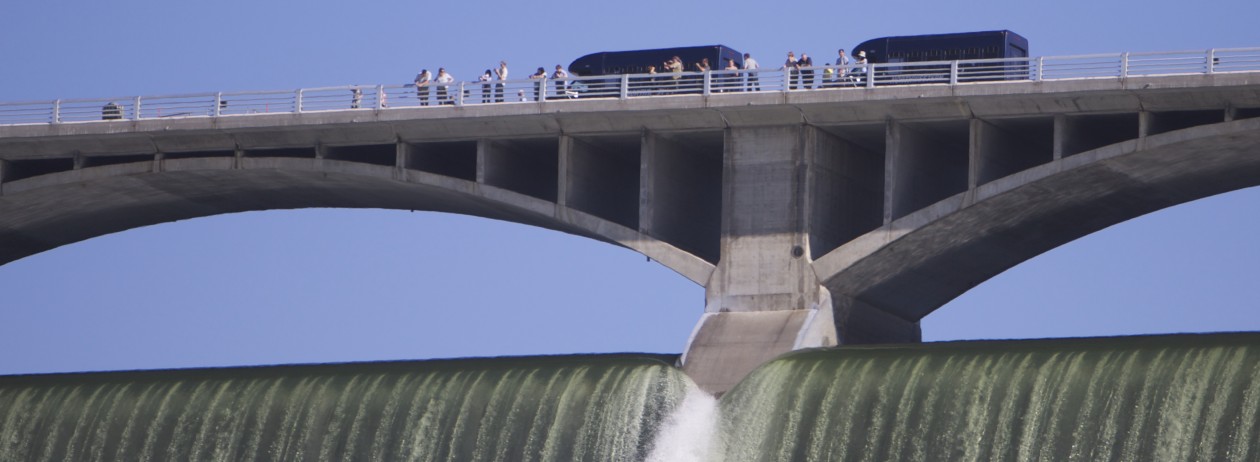
In addition, to all the fun around Grand Coulee Dam, the food and craft booths in the park and great scenery, look for three days of outstanding music when the Grand Coulee Dam Festival of America is celebrated July 2, 3 and 4.
The Town of Coulee Dam is sponsoring the music for the second straight year, and according to Mayor Quincy Snow, the town is offering an outstanding assortment of music for the three-day event.
The venue for the event is the park below the Visitor Center. Music begins Saturday, July 2, with Eric Engebretson at 4 p.m.
Eric E, as he is also known, is familiar to coulee area music fans, having been a regular for several years during the Festival of America celebration. With his voice, guitar and a digital “looper” Eric E can pump out a song from just about any year named back to the first part of the last century.

Snow has scheduled what he calls “happy music” for the night cap with the Mariachi Estrella DeMeico band of Wenatchee. They make their second appearance here, and will be on stage from 6 p.m. until 9:30, just before the 10 p.m. showing of the Laser Light Show.
On Sunday, music begins again at 4 p.m. with Scott Smith and Kayla Taylor, a couple of area favorites. They play country, pop and rock renditions.
At 6 p.m. Campbell Road, a Celtic band, will perform in his first appearance at the festival.
The 8 p.m. appearance of the ever popular Steve Sogura, highlights the evening. His impersonation of Elvis Presley and his music has been a favorite at the festival for years. He will perform until just before the Laser Light Show.

On Monday, July 4, at 4 p.m., Smith and Taylor will be back with their variety of music styles for another two-hour performance.
At 6 p.m., older music lovers will connect with William Florian, former lead singer with the “New Christy Minstrels.” He will perform until 8 p.m., when Sogura will rock the area with a couple of hours of Elvis music.
The concerts, all three days, are free and financed through the town of Coulee Dam’s hotel/motel tax receipts.



